
28 Aug Arrest highlights common security vulnerabilities for fitness centres
Earlier this year, Auckland police arrested a man linked to 24 burglaries at gyms in the region over a month-long period.
The arrest would have raised two key questions for many fitness centres: how did he do it and how can we keep ourselves, our members and our facilities safe?
This article sheds some light on both.
How did he do it?
In this particular case, the offender is believed to have shadowed paying members or to have used recently stolen swipe cards to gain access to the facilities. Once inside, he would rifle through people’s bags, taking EFTPOS or bank cards out of wallets and stealing other items.
As well as theft, security breaches can result in a loss of revenue through people gaining access to, and using, your facility without paying, vandalism, damage of property and equipment, as well as physical danger to your users and staff. It can also be a concern in an emergency situation, if emergency responders are working with an inaccurate headcount.
Shadowing a paying or authorised user to gain access is commonly known as tailgating or piggybacking. It is one of the most common security breaches and, whether unintentional or deliberate, it leaves a facility vulnerable to myriad security concerns.
Fraudulent use of cards, which can include stolen (as in the scenario above), lost or shared access cards is another challenge faced by gyms. Without an additional way of identifying a user, such as a photo, anyone who can get their hands on an access card – by whatever means and for even a short period of time – can compromise the safety of your facility.
Other common methods of obtaining unauthorised access include pushing barriers, climbing over or underneath them, collusion – which is similar to tailgating but done with the knowledge of the authorised user – propping doors open, and ‘passbacks’, where an authorised user will enter the facility using their access card before passing it back to an unauthorised person to use.
How can we keep ourselves, our members and our facilities safe?
We look at a few different security product options for leisure facilities and analyse their pros and cons.
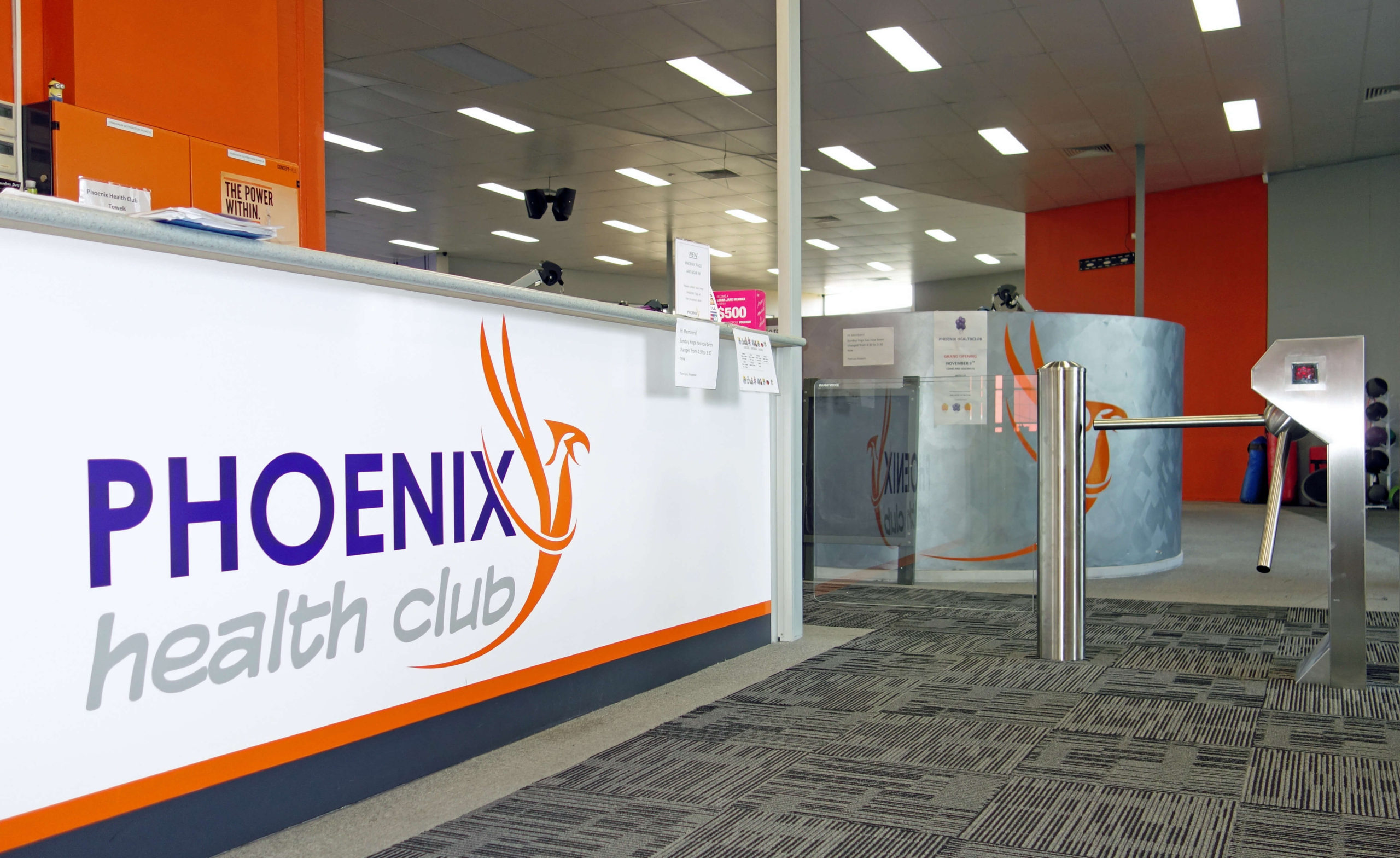
Tripod turnstiles restrict access to one person at a time with a set of waist-height rotating tripod barrier arms.
Cost: From $7,500 per lane
Throughput: 20 to 30 people per minute
Ideal use: Tripod turnstiles are a low cost and trusted solution, effective at manned reception points. However, their minimal barrier height makes them easy to duck under or jump over in unmanned situations, making them unsuitable for after-hours or unmanned applications.
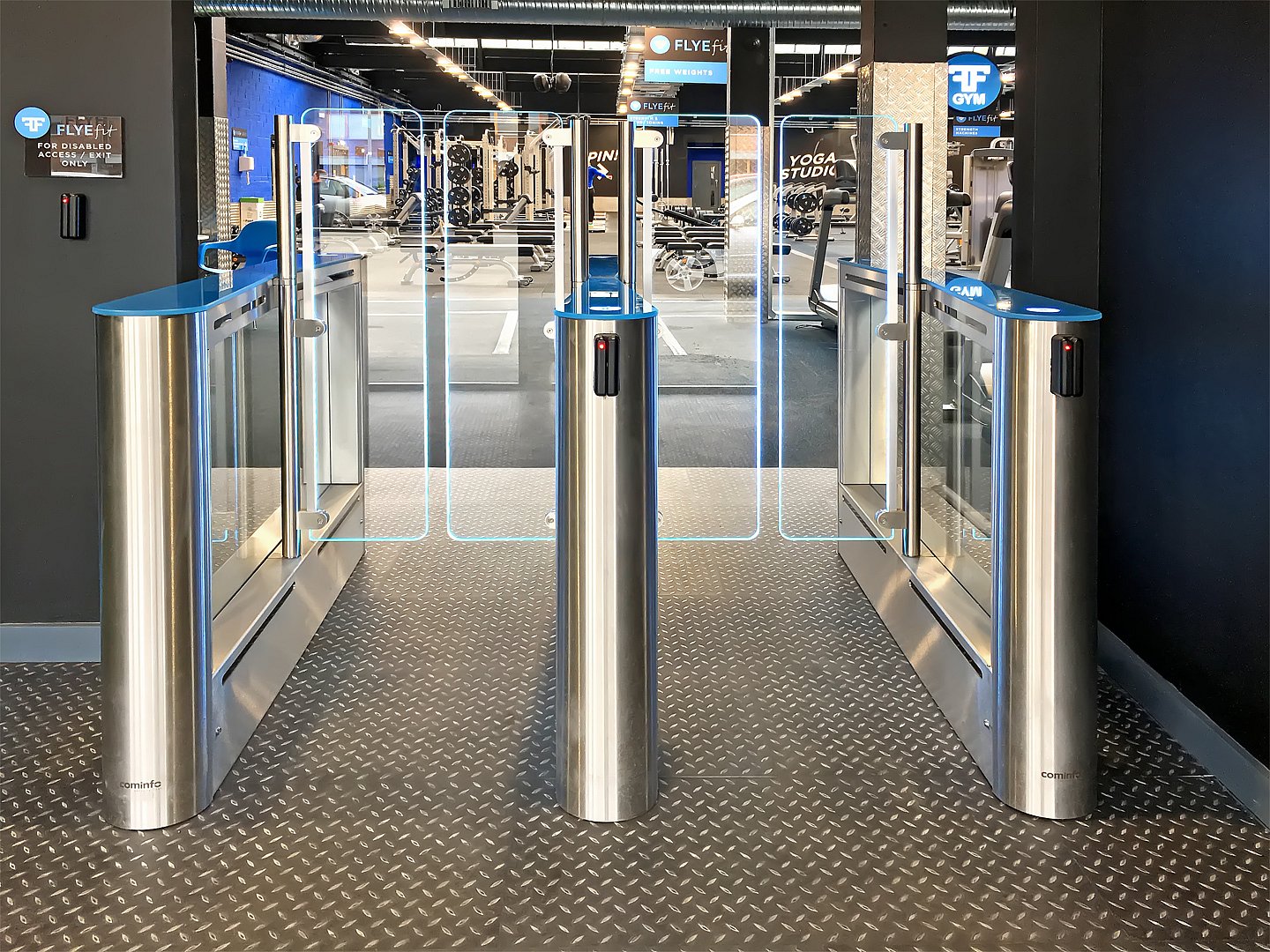
Speedgates provide fast, easy to use and aesthetically pleasing access points to your facility. They come in two primary styles: swing barrier or retracting barrier, and a range of heights.
Cost: From $20,000 per lane
Throughput: 45 people per minute
Ideal use: Speedgates can incorporate barriers up to 1800mm to deter jump over attempts but it is possible to collude with an authorised user to tailgate through – though this normally generates an alarm, which can be linked to CCTV and remote monitoring. These gates are a good choice for facilities that use one entrance for both standard business hours and after-hours access.
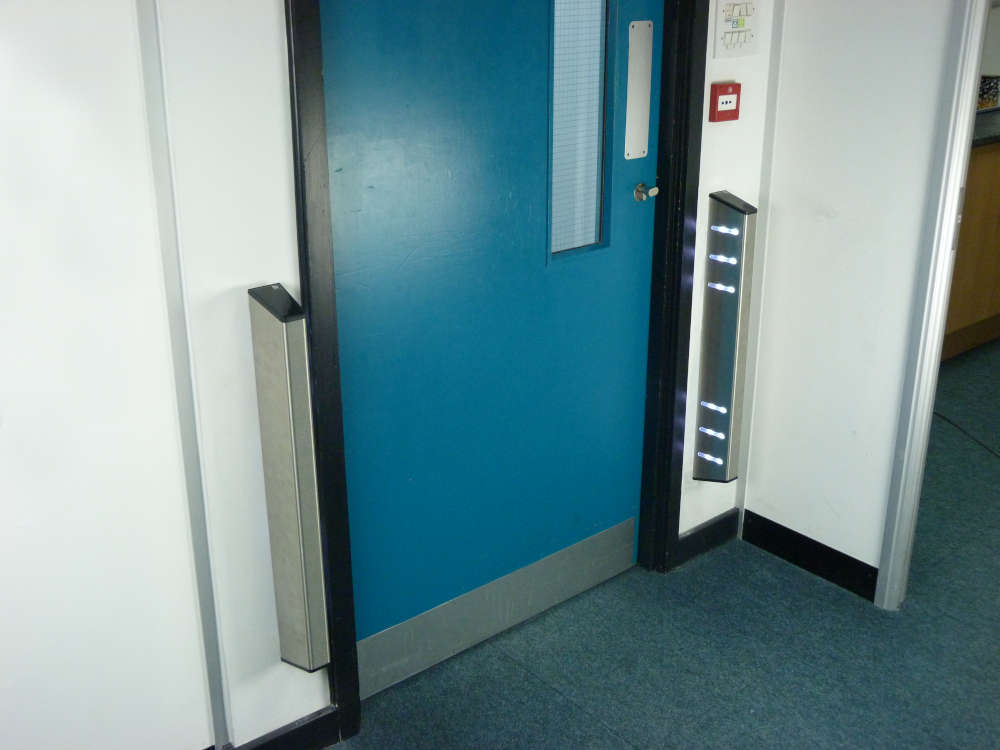
Tailgate detection devices create an infra-red field across an entrance point or doorway to monitor those entering or leaving your facility.
Cost: From $5,000 per door way
Throughput: 45 people per minute
Ideal use: Tailgate detection systems will notify you of security breaches, but do not prevent them. They typically require staffing in order to respond to, and stop, breaches as they’re happening.
However, their small footprint means they can be accommodated by most entry points, regardless of layout and space. They also have a higher throughput than many other solutions, making them a good option for high-traffic access points. The up-front cost is generally less than other solutions, but ongoing operation costs are higher. It’s also worth considering any additional costs that might arise from the need to integrate with a more comprehensive security system, such as CCTV.
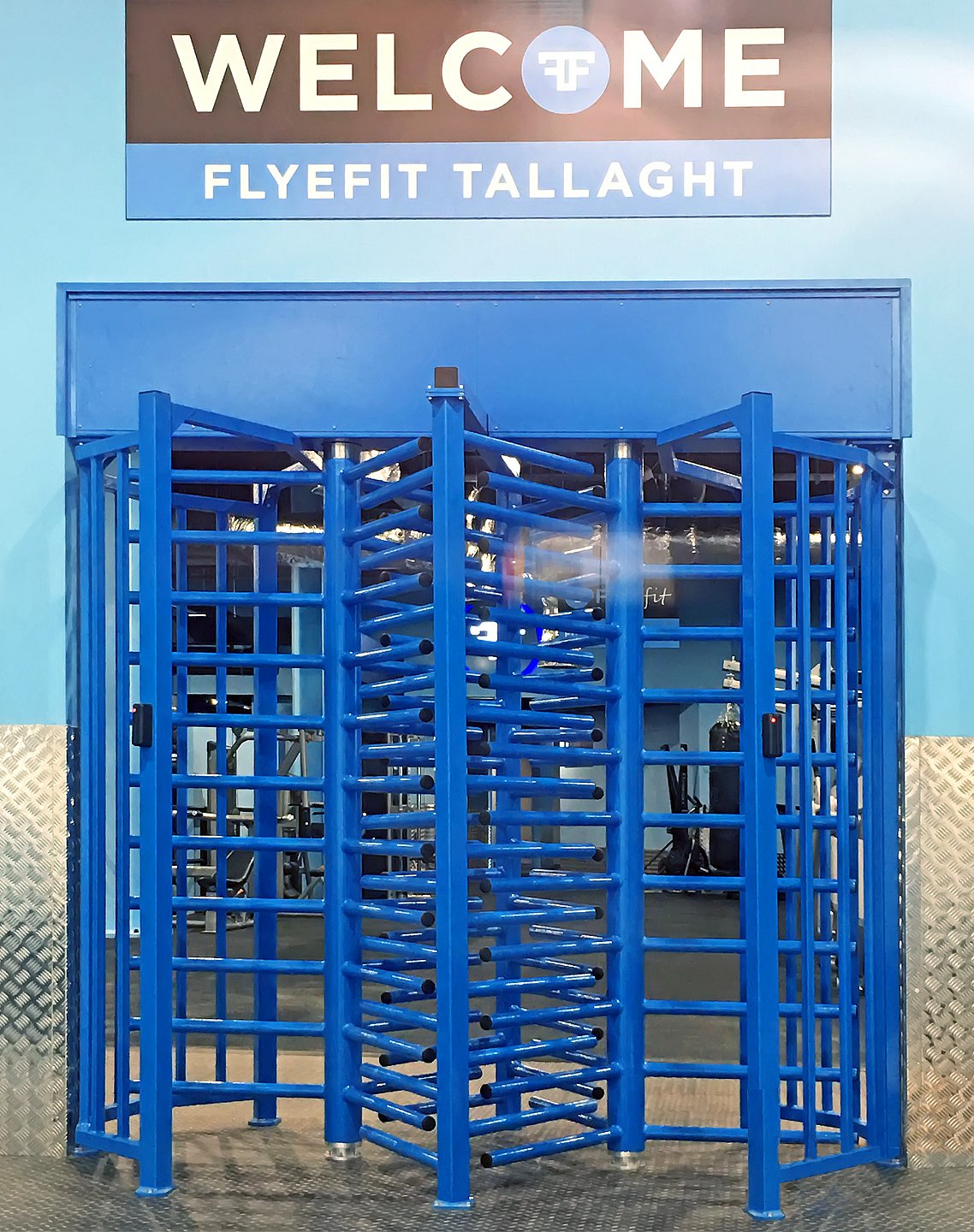
Full height turnstiles restrict access to one person at a time and due to the full-height barrier cannot easily be jumped over or ducked under.
Cost: From $10,000 per lane
Throughput: 15 people per minute
Ideal use: Full height turnstiles are effective at stopping unauthorised access but are not Disability Discrimination Act compliant. They are also large and unattractive, and can be intimidating and unwelcoming for users of a facility. They are unsuitable if there is only one entry to the building, which is used for both standard business hours and after-hours access but may be a suitable option for after-hours entrances only.
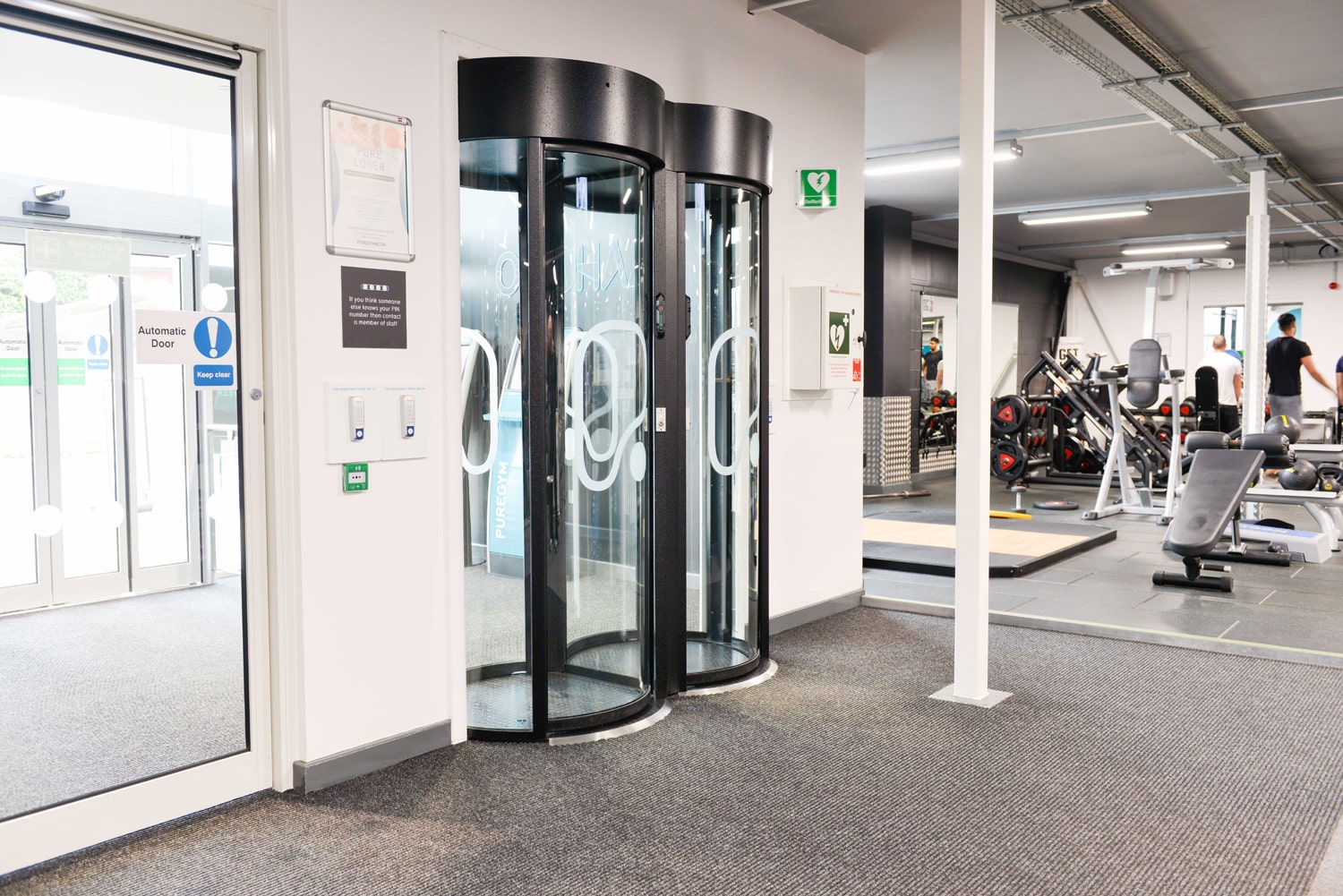
Security portals work by closing the door behind a person as they enter the portal. Once closed, the system checks only one person is in the portal. It’s also able to undertake other relevant security checks at this time. Once the person has passed the relevant security checks, the second door opens to let them into the facility.
Cost: From $20,000 per lane
Throughput: 10 people per minute
Ideal use: Security portals are widely used in 24-hour gyms across Europe due to their effective stopping of tailgating. They make it near impossible for someone to access your facility without the right credentials, creating a safe place for staff and users. They are more welcoming and easier to use than full height turnstiles but do have a slower throughout than other security options. They are best used at a dedicated 24-hour entry point or, when deployed at a facility’s main entrance, left in the open position to provide unrestricted access during manned hours and restricted access after-hours.
Pure Gym, the UK’s largest gym operator with over 170 sites, uses security portals to replace its reception team at all of its gyms, 24 hours a day. In doing so, Pure Gym has been able to achieve significant cost savings, which support a low-cost membership offering that has attracted more than 820,000 members.
Learn more about Entrance Control’s 24/7 Gym Security solutions here!

